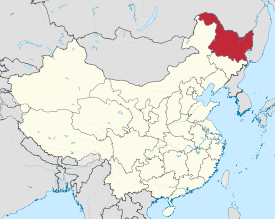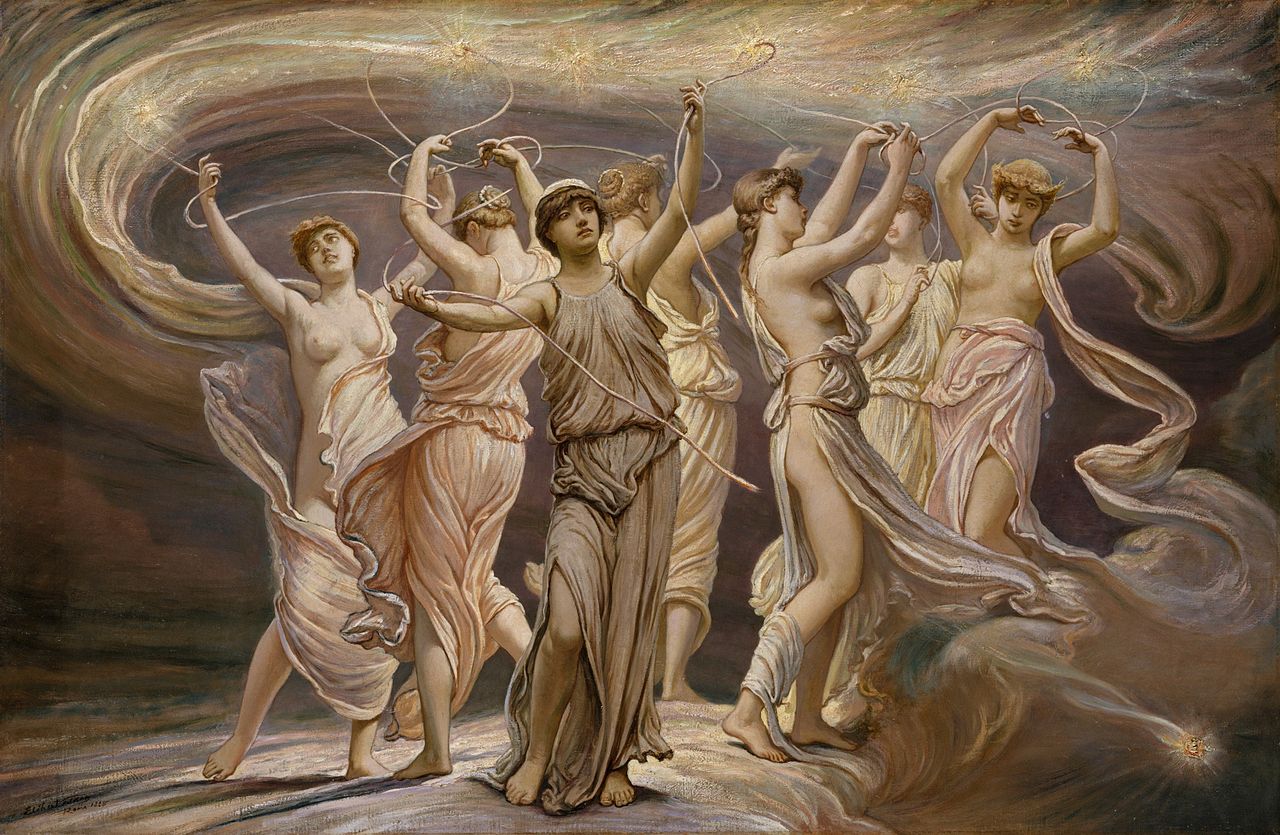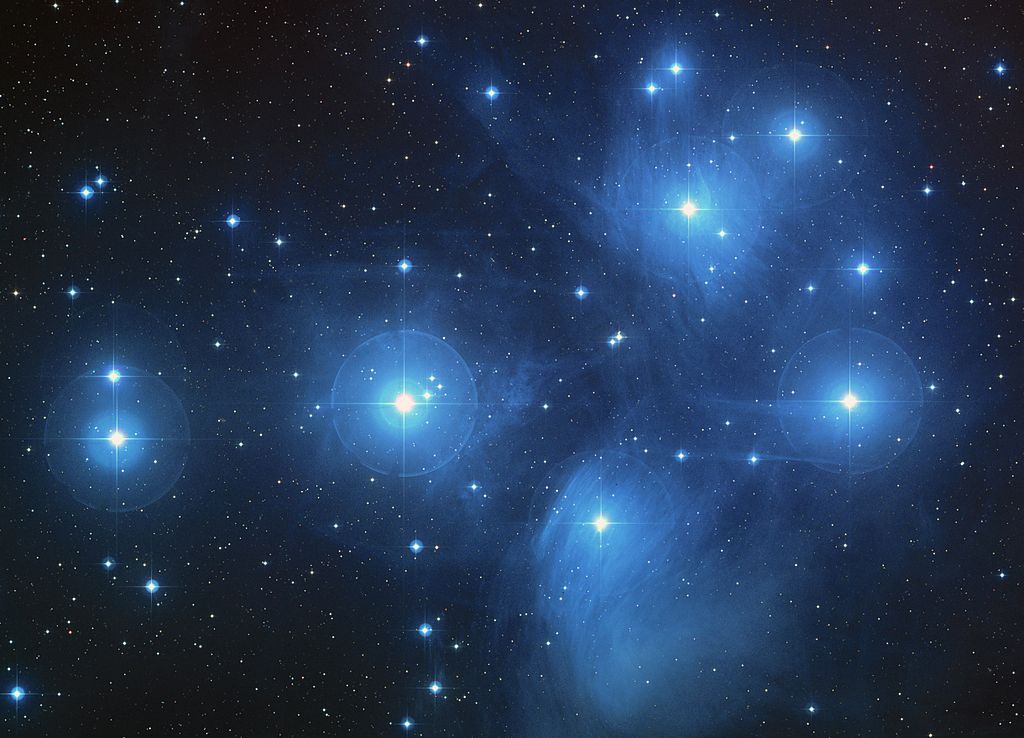鄧麗君 《星》 (Teresa Deng, Subaru)
A simple song, overpeering thousand years of history, of the stars, of languages, of cultures, mythologies, and national relations.
鄧麗君 (Teresa Deng), 《星》 《昴 すばる》 (Subaru)
作詞:谷村新司 作曲:谷村新司 編曲:渡辺茂樹 目を閉じて 何も見えず 哀しくて 目を開ければ 荒野に 向かう道より 他(ほか)に 見えるものはなし 嗚呼(ああ) 砕け散る 運命(さだめ)の星たちよ せめて密(ひそ)やかに この身を照らせよ 我は行く 蒼白き頬のままで 我は行く さらば昴よ 呼吸(いき)をすれば 胸の中 凩(こがらし)は 吠(な)き続ける されど 我が胸は熱く 夢を 追い続けるなり 嗚呼 さんざめく 名も無き星たちよ せめて鮮やかに その身を終われよ 我も行く 心の命ずるままに 我も行く さらば昴よ 嗚呼 いつの日か 誰かがこの道を 嗚呼 いつの日か 誰かがこの道を 我は行く 蒼白き頬のままで 我は行く さらば昴よ 我は行く さらば昴よ
作詞:鄭國江 作曲:谷村新司 閉起雙眼睛 心中感覺清靜 再張開眼睛 怕觀望前程 夜冷風更清 這一片荒野地 沿途是岐路 我方向未能明 啊......不見朗月 導我迷途 只有星 啊......荒野路 伴我獨持 是流螢 縱步獨持 沿途寂寞 似只有呼吸聲 緩步前往 決意走崎嶇山徑 踏過荊棘 苦中找到安靜 踏過荒郊 我雙腳是泥濘 滿天星光 我不怕風正勁 滿心是期望 過黑暗是黎明 啊......星也燦爛 伴我夜行 給我影 啊......星光引路 風之語 輕輕聽 帶著熱情 我要找理想 理想是和平 尋夢而去那怕崎嶇險徑 明日誰步過 這星也帶領
Here's a rough translation.
closing my eyes, looking into the future. barren wilderness, rocky roads, foggy dark. the stars above me, 7 sisters accompanies me guides me i listen to what they are telling me to seek peace, vision, passion and when tomorrow you pass here they will guide you too
The song is written by Tanimura Shinji (谷村新司) (born 1948), a Japanese singer-songwriter.
He is heavily involved in improving China-Japan relations.
In 1980, Tanimura composed the song “Subaru” (昴), stating that his inspiration came from his visits to Heilongjiang (黑龙江) in China. (Heilongjiang, the most north east province of China).

The song title is “昴” (すばる). In English by transliteration is “subaru”, meaning the constellation Pleiades.
The Chinese character 昴 means constellation Pleiades.
昴宿(拼音:mǎo xiù,注音:ㄇㄠˇ ㄒㄧㄡˋ,中古拼音:mraux siuh),昴日雞,二十八宿之一,西方七宿第四宿。
The Hairy Head mansion (昴宿, pinyin: Mǎo Xiù) is one of the Twenty-eight mansions of the Chinese constellations. It is one of the western mansions of the White Tiger.
This mansion corresponds to the Pleiades in English.
The Twenty-Eight Mansions (Chinese: 二十八宿; pinyin: Èr Shí Bā Xiù), hsiu, xiu[1] or sieu[2] are part of the Chinese constellations system. They can be considered as the equivalent to the zodiacal constellations in the Western astronomy, though the Twenty-eight Mansions reflect the movement of the Moon through a sidereal month rather than the Sun in a tropical year. The lunar mansions were in use in another parts of Asia, including ancient Japan; the Bansenshukai, written by Fujibayashi Yasutake, mentions the system several times and includes an image of the twenty-eight mansions.[3]
[Wikipedia]
It's a rich, beautiful, stuff here. We have linguistics of Japanese and Chinese language, their interaction, and history of star names with its rich literature, poems, anthropology, both western and Chinese, then there's astronomy, and history of astronomy.

The Pleiades (/ˈplaɪ.ədiːz/ or /ˈpliːədiːz/; Ancient Greek: Πλειάδες [pleːádes], Modern [pliˈaðes]), companions of Artemis, were the seven daughters of the titan Atlas and the sea-nymph Pleione born on Mount Cyllene. They are the sisters of Calypso, Hyas, the Hyades, and the Hesperides. The Pleiades were nymphs in the train of Artemis, and together with the seven Hyades were called the Atlantides, Dodonides, or Nysiades, nursemaids and teachers to the infant Bacchus.
Classicists debate the origin of the name Pleiades. It ostensibly derives from the name of their mother, Pleione, effectively meaning “daughters of Pleione”. However, in reality the name of the star-cluster almost certainly came first, and Pleione was invented[by whom?] to explain it.[1] Pleiades probably actually derives from plein (to sail) - because of the cluster's importance in delimiting the sailing season in the Mediterranean Sea: “the season of navigation began with their heliacal rising”.[2]
[Wikipedia Pleiades]
昴宿星團[4][5],简称昴星团,又称七姊妹星團,梅西爾星雲星團表編號M45,是一個大而明亮的疏散星团,位于金牛座,裸眼就可以輕易的看見,肉眼通常見到有九颗亮星。昴星团的视直径约2°,形成斗狀。成员星数在200个以上,是一个很年轻的星团。昴星团也是一个移动星团。
昴宿星團的雲氣是最接近地球的星雲之一,並且可能是最著名的。它有時被稱為瑪亚女神的星雲,這種錯誤或許是因為反射星光的雲氣本質上是環繞在邁亞的四周所造成的(參見下文)。
Pleiades (astronomy)
In astronomy, the Pleiades (/ˈplaɪ.ədiːz/ or /ˈpliː.ədiːz/), or Seven Sisters (Messier 45 or M45), is an open star cluster containing middle-aged hot B-type stars located in the constellation of Taurus. It is among the nearest star clusters to Earth and is the cluster most obvious to the naked eye in the night sky. The celestial entity has several meanings in different cultures and traditions.
The cluster is dominated by hot blue and extremely luminous stars that have formed within the last 100 million years. Dust that forms a faint reflection nebulosity around the brightest stars was thought at first to be left over from the formation of the cluster (hence the alternative name Maia Nebula after the star Maia), but is now known to be an unrelated dust cloud in the interstellar medium, through which the stars are currently passing. Computer simulations have shown that the Pleiades was probably formed from a compact configuration that resembled the Orion Nebula.[7] Astronomers estimate that the cluster will survive for about another 250 million years, after which it will disperse due to gravitational interactions with its galactic neighborhood.[8]
[2015-10-04 Wikipedia Pleiades ]
